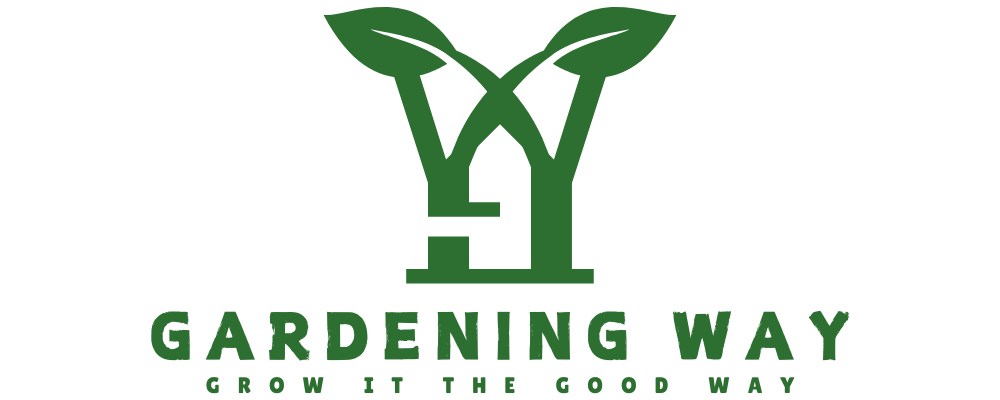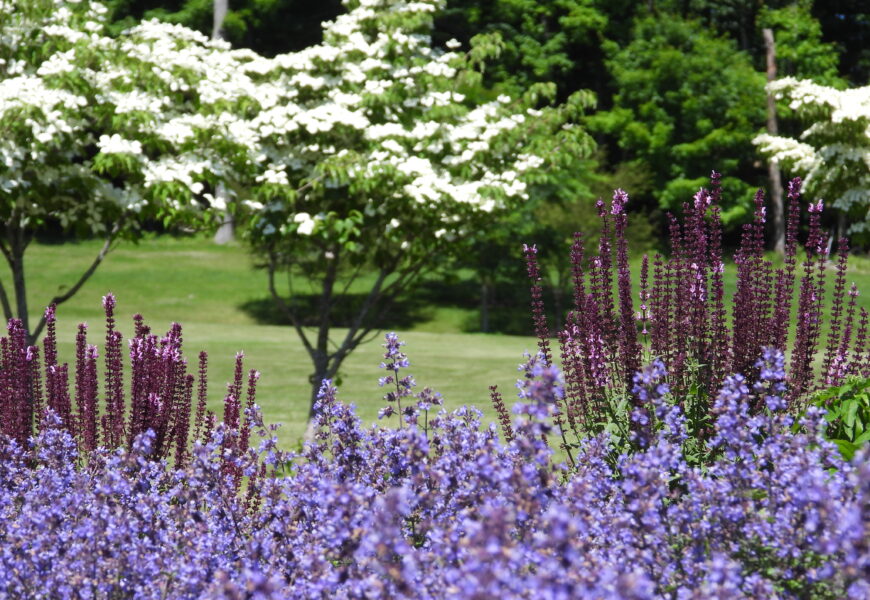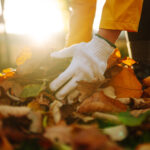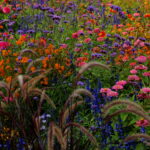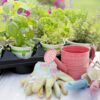As the sun whispers through early morning mists, a solitary bee dances from bloom to bloom. This vital ritual sustains life in your garden. By choosing the best plants for pollinators, you can make your garden a haven for these important creatures.
Pollinator-friendly perennials are key to a thriving ecosystem. Experts like Dave Smitley suggest plants like Salvia, Lavender, and Echinacea. These flowers feed bees, butterflies, and hummingbirds. The growing interest in pollinator gardens shows our awareness of their importance.
Monarda and other perennials reach for the sky, guiding pollinators with color and scent. These plants are not just beautiful. They provide food in many areas, from USDA Plant Zones 3-9. They support pollinators, ensuring a healthy garden ecosystem.
The Critical Role of Pollinators in Our Ecosystem
The importance of pollinators, like bees and butterflies, in keeping our ecosystem balance is huge. They are not just small creatures with wings; they are key to keeping many plant species alive. This helps our planet stay habitable and full of life. Did you know that 75% to 95% of all flowering plants need these creatures to pollinate them.
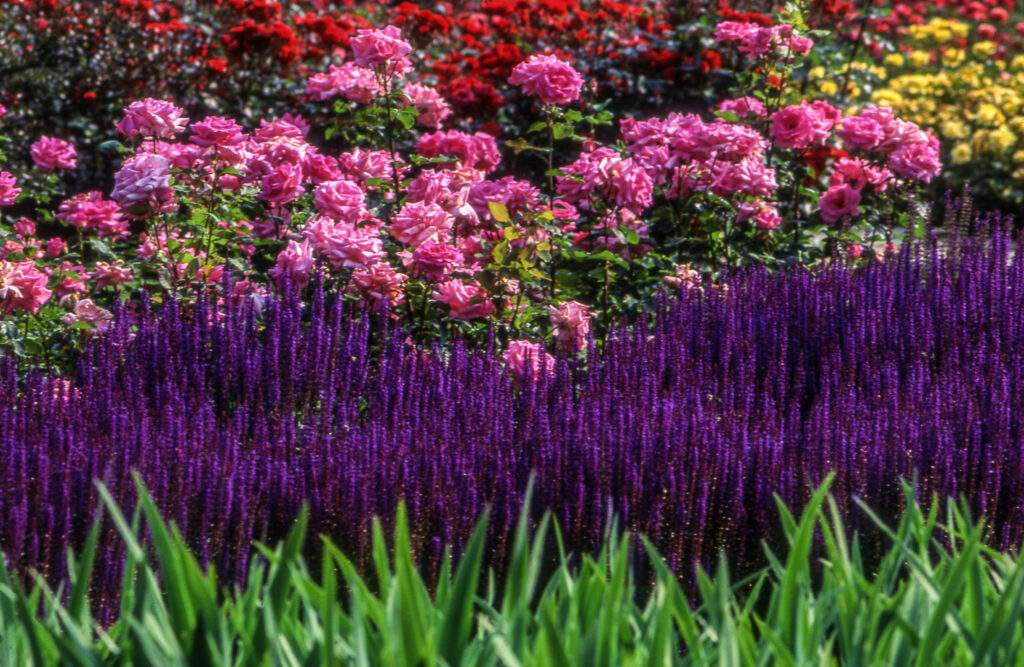
Pollinators are crucial for our food and the beauty of nature. In the U.S., over 3,600 bee species help a lot with farming, making more food and boosting the economy. For example, honey bees add between $1.2 billion and $5.4 billion to our food every year.
They do more than just help with food. They keep our ecosystems healthy by cleaning the air, making soil stable, fighting off extreme weather, and helping other animals. This shows how connected our ecosystem is and how important pollinators are to its health. Sadly, many pollinators are losing ground due to habitat loss, pollution, bad pesticide use, and climate change. This calls for urgent action to save them.
In cities, having gardens at home can really help pollinators. Studies show that cities and suburbs often have more pollinators than wild areas because of the variety of flowers. Using local plants that pollinators like can make cities prettier and help with food production. By understanding the importance of pollinators and helping them, like through groups like the Pollinator Partnership, we can all help keep our ecosystems healthy.
Creating a Pollinator-Friendly Garden with Perennials for Pollinators
To make a pollinator habitat, it’s key to know what pollinators like bees and butterflies need. Choose the right pollinator garden plants that do well in your area and help these important creatures. A well-thought-out garden can be a safe place, attracting bees and butterflies, helping them survive and pollinate plants.
Starting a pollinator garden means planning carefully. Use native plants because they fit the local climate and need less care. Plants like milkweed and wildflowers help adult insects and their young. Monarchs, for example, need milkweed for breeding and eating.
It’s also important to have a variety of plants. Planting different types that bloom from spring to fall gives pollinators a steady food supply. Include perennials, annuals, shrubs, and trees that do well in various sun and shade levels and moisture conditions.
Make your garden colorful, tall, and varied to draw in more pollinators. Different species like certain colors and shapes of flowers. Planting in groups helps pollinators find your garden easier, improving pollination.
Using chemicals in your garden is not a good idea. Pesticides and herbicides can harm pollinators. Stick to organic gardening to protect these important insects and keep your garden healthy.
Creating a pollinator garden takes time. It might take a few years before it’s full of life and attracts bees and butterflies. Keep up the good work, avoid chemicals, and adjust your plants as needed to attract local pollinators.
Finally, making a pollinator-friendly garden helps with biodiversity and the health of our planet. You’re giving a pollinator habitat and helping a global effort to support these crucial creatures. They are key to our food supply and ecosystem health.
Diverse Bee-Friendly Perennials: Salvia and Lavender
For those wanting to make their gardens more vibrant, perennial salvia and sweet romance lavender are great picks. These plants are not just beautiful and fragrant. They also help bees, which are key to a healthy garden.
Perennial salvia is perfect for zones 4-10 and blooms from late winter to fall. It attracts pollinators with its long, tube-shaped flowers full of nectar. This is great for hummingbirds, butterflies, and bees, including native and honey bees.
Sweet romance lavender does well in zones 5-9 and blooms from late spring to early fall. Its flowers are loved by bees and butterflies, and they also smell great to humans. This makes lavender a joy for both bees and gardeners.

Adding flowers for pollinators like these to your garden helps bees and boosts nature’s balance. For tips on making your garden bee-friendly, check out this guide.
Planting perennial salvia and sweet romance lavender turns your garden into a bee paradise. It also makes your garden look and feel better. These plants are essential for pollinating many of the foods we eat.
If you’re a new or experienced gardener, adding these perennials is a great way to help the environment. They make your garden more lively and sustainable.
Butterfly Magnets: Why Monarda and Echinacea are Essential
Creating a garden for butterflies means picking the right flowers for butterflies. Bee balm Monarda and Echinacea for pollinators are key. They’re not just pretty; they help support butterfly health. ‘Pardon My Cerise’ Bee Balm and Summersong Firefinch Coneflower attract many butterflies.
Monarda, or bee balm, is great for butterflies because of its design. Its tubular flowers are easy for butterflies to reach, giving them the nectar they need. Echinacea, or coneflower, has big cones that make it easy for butterflies to land and feed. Its bright colors also draw in butterflies and add beauty to your garden.
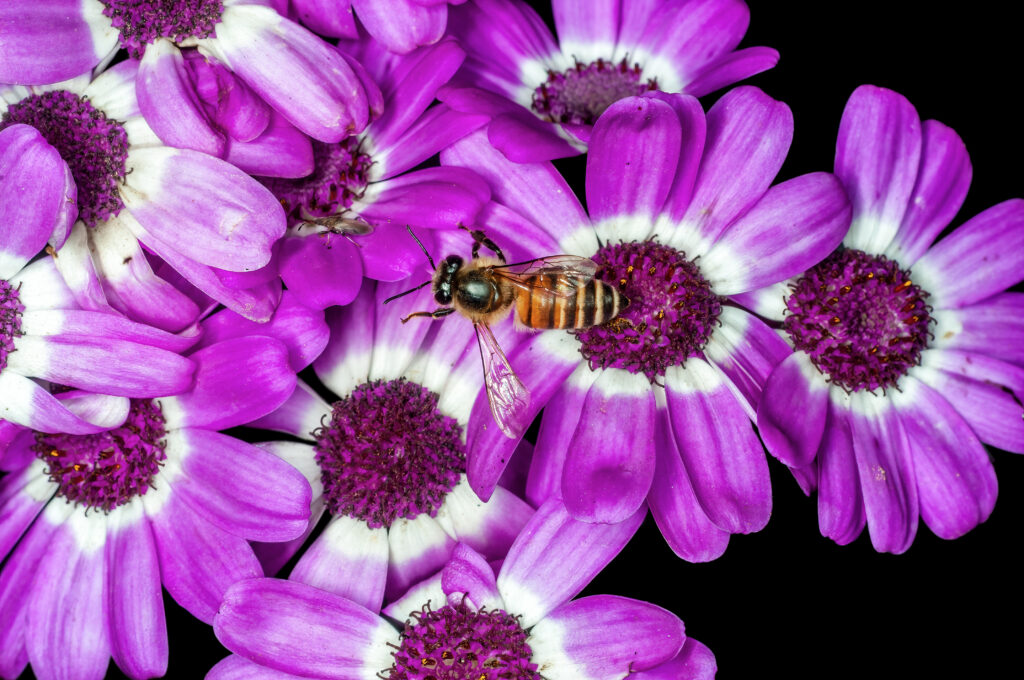
Bee balm Monarda and Echinacea help your garden’s health by drawing in butterflies, bees, and hummingbirds. They’re easy to care for and fit well with sustainable gardening. Adding these plants makes your garden more beautiful and helps local wildlife.
These plants love full sun to part shade and attract many pollinators in mid to late summer. They make gardens more lively and increase butterfly activity and interaction.
Favorite Perennials of Hummingbirds: Agastache and Penstemon
If you want to attract hummingbirds to your garden, adding Agastache and Penstemon plants is a great idea. These perennials have bright, tubular flowers that hummingbirds love. They provide nectar and support pollinators, making your garden beautiful and helpful to nature.
Agastache, also known as Hummingbird Mint, is a top choice for gardeners. It’s tall, standing from 1 to 5 feet, and fits well in many garden designs. It grows in Zones 4 to 9, so many gardeners can enjoy its benefits.
Penstemon plants are also key for attracting pollinators. They come in many colors and grow from 1 to 4 feet tall. They do well in Zones 3 to 9, making them versatile for any garden.
Adding Agastache and Penstemon together boosts your garden’s biodiversity. These plants help hummingbirds, which are important for pollination. This creates a healthy ecosystem in your garden, supporting many other plants and animals.
Year-Long Blooms for Sustained Pollinator Support
Creating a perennial garden that lasts all year is smart. Choose plants that bloom from May to September. This gives pollinators food all season long.
These plants grow from 1 to 8 feet tall and come in colors like lavender, purple, pink, white, and orange. They attract butterflies, bees, and more. This makes your garden a masterpiece for insects.
With monarch butterflies in trouble, we need to focus on native plants. They help local pollinators thrive. Using native plants also helps the environment and teaches us to care for it.
Having different flower colors, shapes, and sizes means pollinators get food all season. This helps their numbers grow. It’s good for nature and our gardens.
It’s important to choose plants that fit your area. For dry places, the Autumn Magic Pollinator Collection is perfect. The Late-Season Color Collection for the West and Late-Season Color Collection for the East & Midwest are great for other climates.
The August Afternoons Pre-Planned Garden is great for hummingbirds and pollinators. It shows how a garden can be a place of many species.
